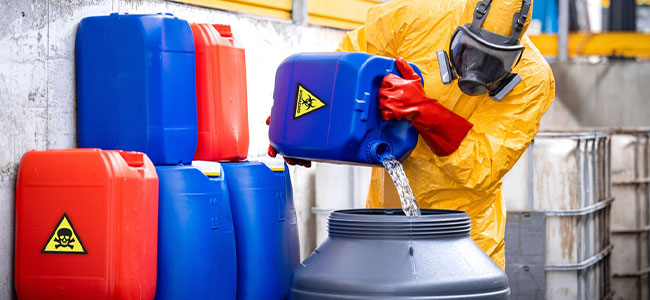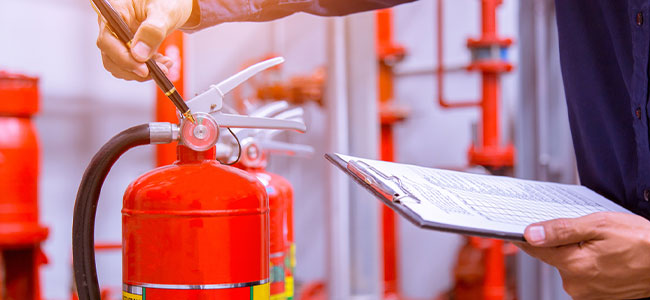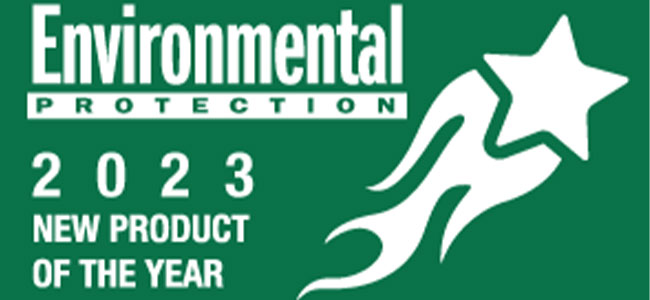
Transitioning from compliance to safety excellence is not just a legal obligation but a moral imperative for businesses handling hazardous chemicals.

Business owners make a plethora of mistakes that put their company at increased risk of starting a fire in their workplace.

The contest focused on improving the detection of counterfeit N95 respirators.

Sugar Creek Packing Co. faces $277,904 in proposed penalties.

The two-year agreement focuses on four of the biggest workplace issues in construction.

OH&S's sister publication celebrates the year's most notable environmental product additions.

Stop Work Authority empowers employees at all levels to stop work when they identify an imminent hazard or unsafe condition.

The program targets manufacturers throughout the Mid-Atlantic United States.

Overhead Solutions LLC now faces $180,000 in proposed penalties.

The agency completed impact inspections across 13 mines throughout the month.